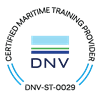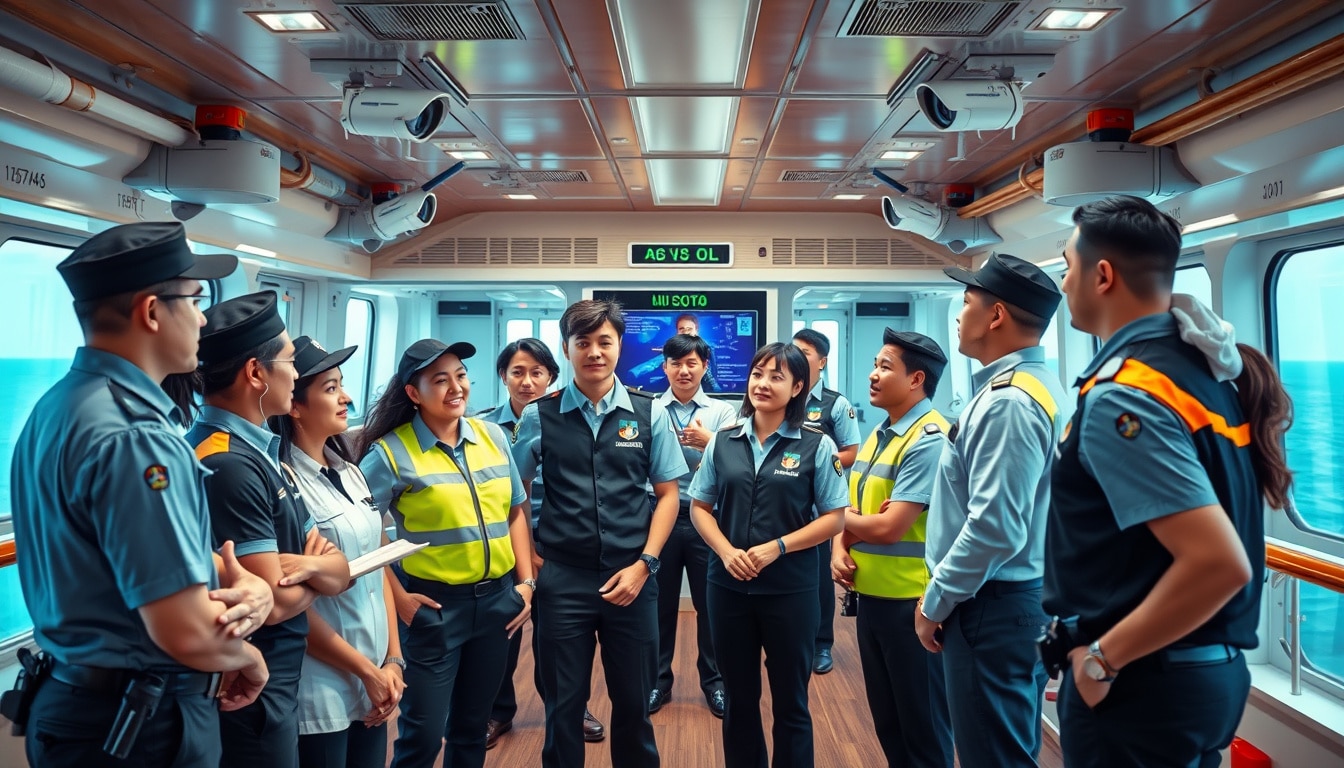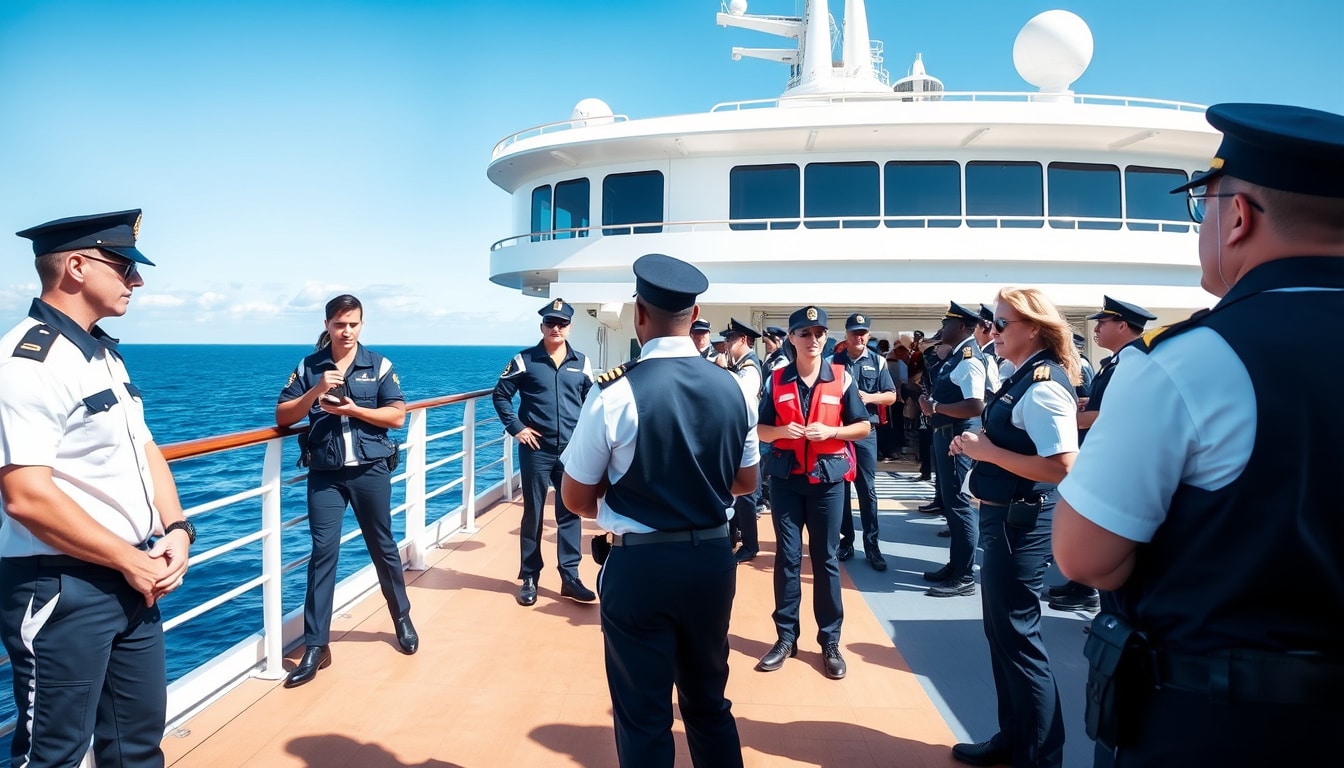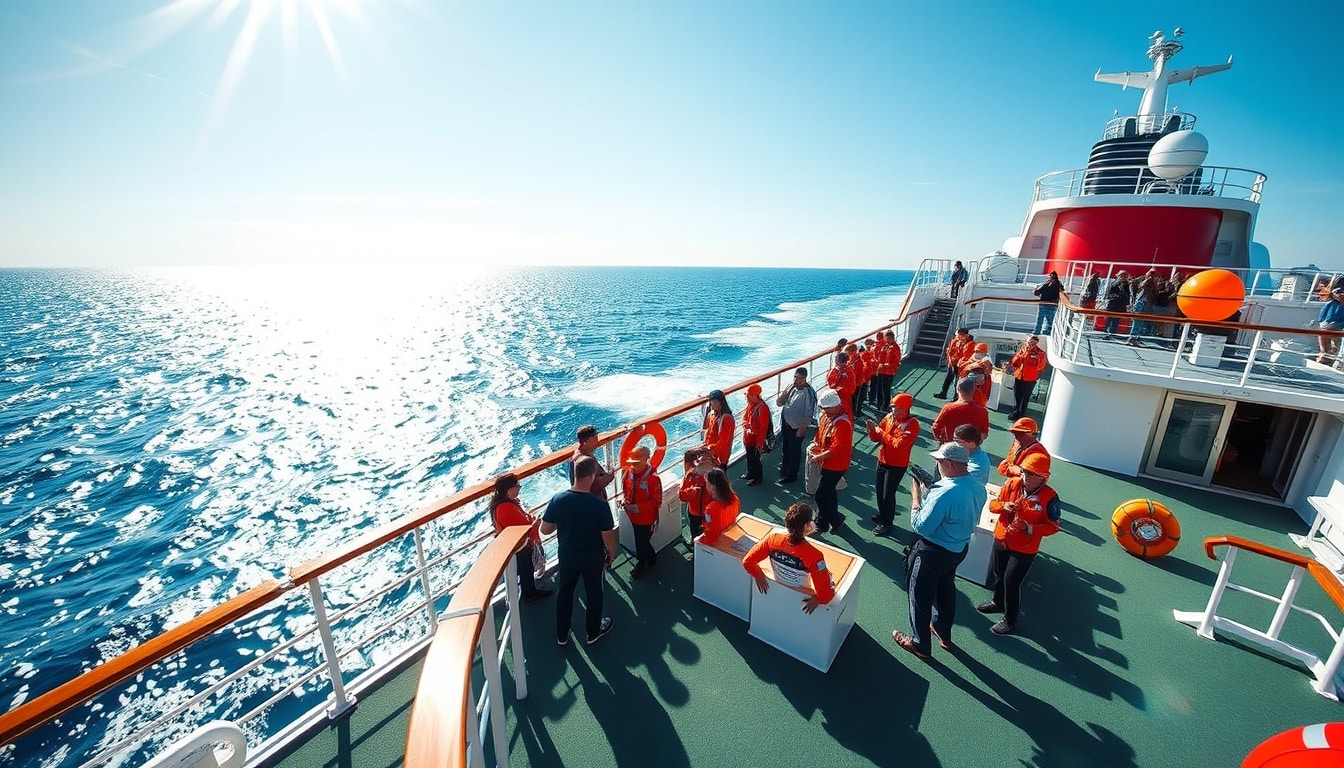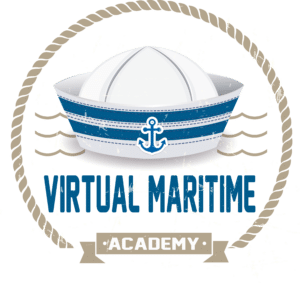Managing course study while on board a cruise ship presents unique challenges for crew members, especially when enrolling in the Proficiency in Security Awareness (PSA) course or any security training. With the busy schedule and the demands of maritime work, it can be easy to feel overwhelmed by the prospect of balancing coursework with daily duties. However, mastering effective study strategies can make a significant difference in your learning experience. This article provides practical tips on how cruise crew members can successfully manage their course study while at sea, ensuring they make the most of their education in seafarer security awareness and contribute to the overall safety and security of their vessel.
Learn More About our PSA Online Course Here!
Key Takeaways
- Studying at sea presents unique challenges that require careful planning.
- Creating a flexible study schedule can help balance work duties and academic commitments.
- Utilizing onboard resources and technology can enhance the learning experience.
- Maintaining motivation and focus is crucial for success in a cruise environment.
- Implementing effective study strategies can lead to successful course completion on the ship.
Understanding the Challenges of Studying at Sea
Studying while at sea, especially for cruise crew members enrolling in the PSA/VPWOSR course, presents unique challenges, but with effective management and strategies, it can be a fulfilling experience. First and foremost, create a dedicated study schedule that aligns with your work shifts. Identify times when you have more downtime—such as during port calls or after shifts—to focus on your cruise ship security training materials. Utilize quiet areas on the ship, such as lounges or crew mess halls, as study spaces to minimize distractions. Embrace the use of digital resources, including e-books and online modules, which allow for flexible learning without the burden of heavy textbooks. Additionally, establish a support network among fellow crew members who are also taking the course; discussing topics and sharing insights can enhance your understanding and retention of seafarer security awareness. Remember, mastering security protocols through the PSA/VPWOSR course not only equips you with essential skills but also plays a critical role in ensuring the safety of all passengers and crew aboard the ship.
Creating a Study Schedule that Works
Creating a study schedule that works while on board a cruise ship can be challenging for crew members, especially when juggling various responsibilities and shifts. However, effective time management is crucial for success in the PSA/VPWOSR course, which enhances seafarer security awareness. Here are some practical tips for managing course study while on the ship. First, identify your routine and allocate specific blocks of time for studying—perhaps during breaks or quieter hours when you’re off-duty. Utilize downtime wisely; even short, focused study sessions can be beneficial. Keep materials accessible on the ship, like downloading resources to your mobile device for on-the-go learning. Additionally, consider forming a study group with fellow crew members. This collaborative approach not only encourages accountability but also enriches learning through sharing insights and discussions on cruise ship security training. Remember, understanding your role in maintaining shipboard safety and security is not just a course requirement—it’s vital for the well-being of everyone on board.
‘Success is the sum of small efforts, repeated day in and day out.’ – Robert Collier
Learn More About our PSA Online Course Here!
Utilizing Available Resources and Technology
In the fast-paced environment of cruise ship life, balancing daily responsibilities while pursuing professional development can be challenging for crew members. However, managing course study while on ship is entirely feasible with the right strategies. For those enrolling in the Proficiency in Security Awareness (PSA) and Vessel Personnel Without Security Responsibilities (VPWOSR) course, it’s essential to utilize available resources and technology effectively. First, make the most of onboard training materials and dedicated time slots, often designated by management for skill enhancement. Additionally, leveraging mobile applications and online learning platforms can provide flexibility, allowing you to study at your convenience. Setting specific goals and creating a structured study schedule will further help you organize your learning around work obligations. Lastly, collaborating with colleagues who are also taking the course can enhance motivation and accountability. By maintaining focus on your security awareness training, not only do you enrich your own professional capabilities, but you significantly contribute to enhancing overall cruise ship security.
Staying Motivated and Focused While Onboard
Staying motivated and focused while onboard a cruise ship can be challenging, especially for crew members managing their study for the PSA/VPWOSR course. To effectively balance this crucial training with your daily responsibilities, set clear study goals to break down the course material into manageable sections. Allocate specific times during your shift rotations when you can dedicate time to study, perhaps during quieter periods or before your workday begins. Create a dedicated study space in your cabin or a common area where you can concentrate without distractions. Engaging with fellow crew members who are also enrolled can foster a supportive learning environment; consider forming a study group to discuss key concepts and encourage each other throughout the course. Remember, completing the PSA not only enhances your security awareness but also significantly contributes to the overall safety of the vessel and your colleagues. Embrace these study sessions as an opportunity to grow professionally and play your part in maintaining cruise ship security.
À Propos de Nous
Virtual Maritime Academy is a global leader in online maritime education and training, offering courses designed to meet the evolving needs of the shipping industry. As a DNV Certified Maritime Training Provider with CPD accreditation, we deliver cutting-edge programs that prepare seafarers and maritime professionals for today’s and tomorrow’s challenges. 🌊⚓

